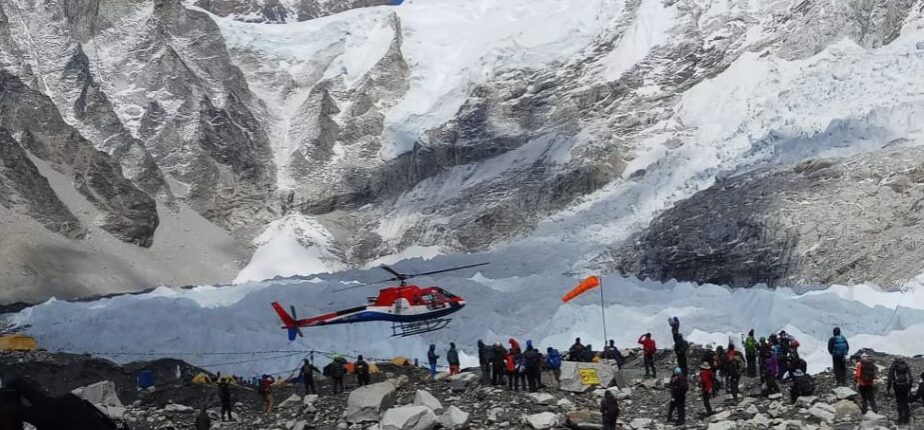Most Asked Questions About Everest Base Camp Trek


-
How difficult is it to go to Everest Base Camp Trekking?
The Everest Base Camp Trek is moderately challenging due to its high altitude and length. Trekkers need to be physically fit, as the trail involves long walking hours, steep ascents, and rugged terrain. Acclimatization days are included in the itinerary to help prevent altitude sickness.
-
What kind of gear should I equip with?
Essential gear includes a good quality trekking backpack, sturdy hiking boots, layered clothing suitable for varying temperatures, a down jacket, thermal wear, trekking poles, gloves, hats, sunglasses, sunscreen, and a first aid kit. It’s also advisable to carry a sleeping bag rated for cold weather and a headlamp with extra batteries.
-
How expensive is it to go to Everest Base Camp Trekking?
The cost varies depending on the trekking package, which can range from $1,200 to $3,000. This includes permits, domestic flights, accommodation, meals, guide and porter services, and other logistics. Personal expenses, gear, insurance, and tips are additional costs.
-
Do I need to have insurance for Everest Base Camp Trekking?
Yes, having comprehensive travel insurance is highly recommended. It should cover high-altitude trekking, medical emergencies, evacuation, trip cancellation, and loss or theft of belongings.
-
Which is the best season to go to Everest Base Camp Trek?
The best seasons are pre-monsoon (March to May) and post-monsoon (September to November). These periods offer stable weather, clear skies, and stunning views of the mountains.
-
What type of food and accommodation are available on the Everest Base Camp Trek?
Teahouses along the trail offer basic accommodation and meals. Food options typically include Nepali dishes like dal bhat, as well as Western foods such as pasta, pancakes, and soups. The higher you go, the more limited the menu may become.
-
How do I manage drinking water during Everest Base Camp Trek?
You can manage drinking water by using water purification tablets or a portable water filter. Bottled water is available but can be expensive and environmentally unfriendly. Most teahouses provide boiled water for a small fee.
-
How about washing laundry and showering during the Everest Base Camp Trek?
Laundry facilities are limited, especially at higher altitudes. It’s advisable to carry quick-dry clothing and wash small items by hand. Showers are available in teahouses, but they can be costly and often involve cold water at higher elevations.
-
How many days does it take to complete the Everest Base Camp Trek?
The trek typically takes 12 to 15 days, including acclimatization days. This allows for a gradual ascent and helps prevent altitude sickness.
-
How much weight will I be allowed to take on the domestic flight from Kathmandu to Lukla?
The standard weight limit for domestic flights to Lukla is 10 kg (22 lbs) for checked luggage and 5 kg (11 lbs) for carry-on luggage. Excess baggage may incur additional fees.
-
How frequent are flight cancellations or delays on the Kathmandu-Lukla route?
Flight cancellations or delays are quite common due to weather conditions. It’s advisable to have extra days in your itinerary to accommodate potential delays.
-
Is there WIFI internet available during Everest Base Camp Trekking?
WIFI is available in most teahouses, but the service can be slow and expensive. Some areas may have limited or no connectivity.
-
What kind of charging provision is available for electronic gadgets?
Teahouses offer charging facilities for electronic devices, usually for a small fee. It’s a good idea to bring a portable power bank and spare batteries, as charging points can be limited and power outages are common.







